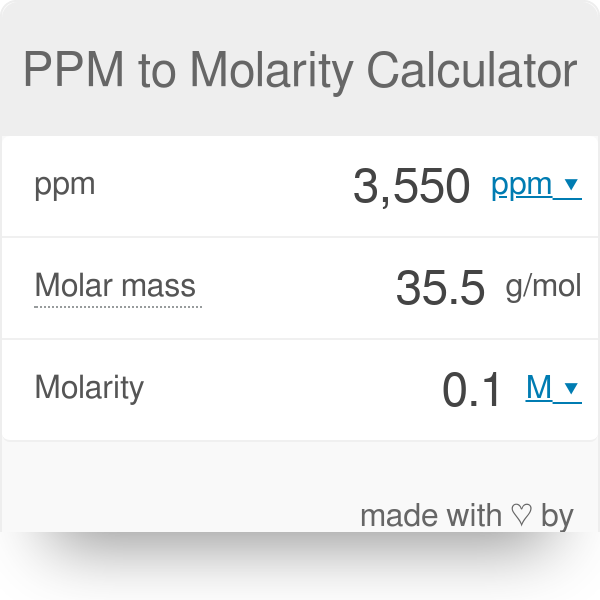

For example, a one cubic foot softener has a peak capacity of 32,000 grains at a salt setting of 18.5 lbs. Note: With Logix computer-control valve, it is possible to program it for more efficient use of salt by setting the capacity at a lower amount.

Divide this number into each of the softener capacities until you find the best size. If iron is present, add 5 grains for every ppm (mg/l) of iron (iron MUST be dissolved iron - it appears clear from the tap but leaves reddish-brown stains). Multiply the answer by your water hardness in grains per gallon (to convert mg/l or ppm to grains, divide by 17.1).Multiply the number of people in your family times 70 (gallons of water used per day, national average).Use the following formula to calculate the proper size: There are conditions that would create a need for a larger unit: larger family (6 or more) and/or very hard water (over 15 grains). For the majority of homes, our 32,000 grain unit (1 cubic foot of resin) is more than enough capacity. 7 days between regenerations is probably best - especially if iron is present. Ideally, a water softener should be sized so that it does not regenerate any more often that every three days (wastes water and salt), nor goes longer than 14 days before regenerating (can cause compacting of resin, and fouling with sediment or iron). There are conditions that would create a need for a larger unit: larger family (6 or more), larger house (4000sq ft+) and/or very hard water (over 15 grains).


 0 kommentar(er)
0 kommentar(er)
